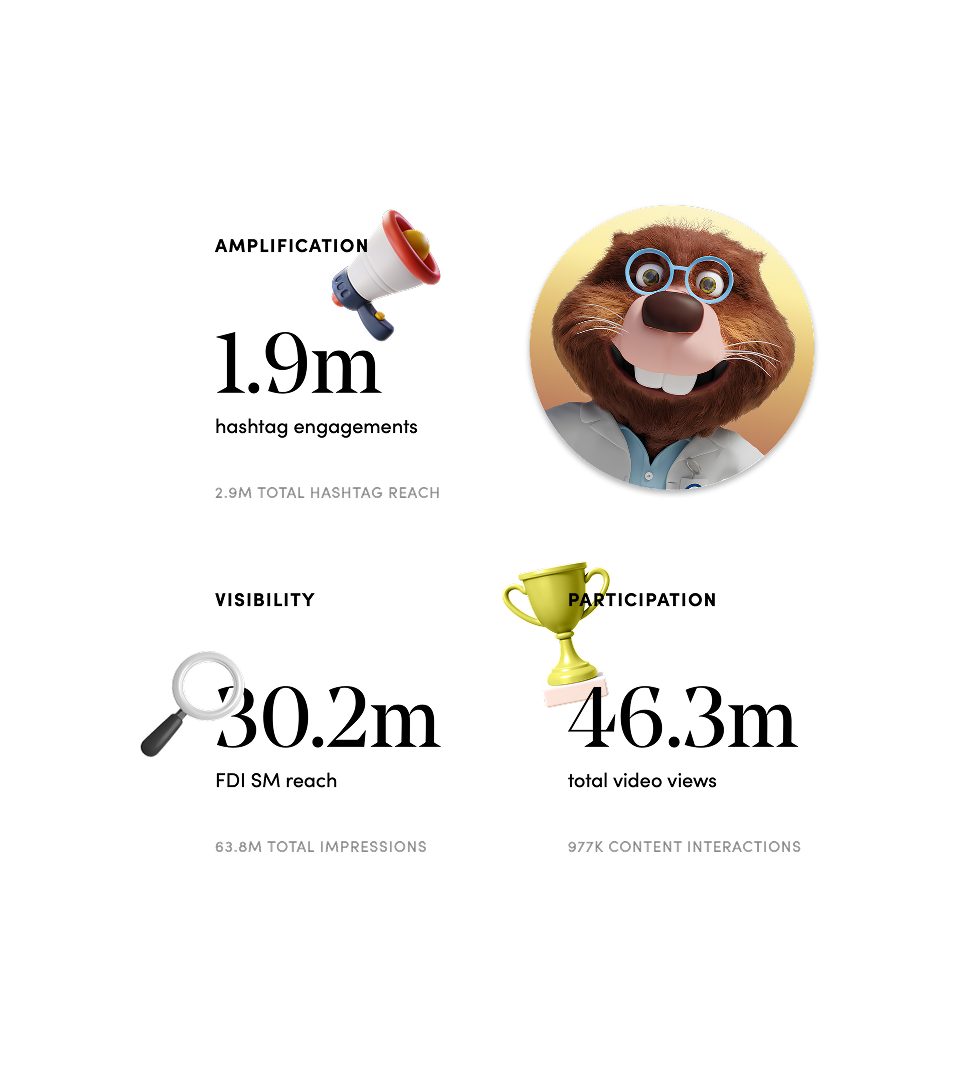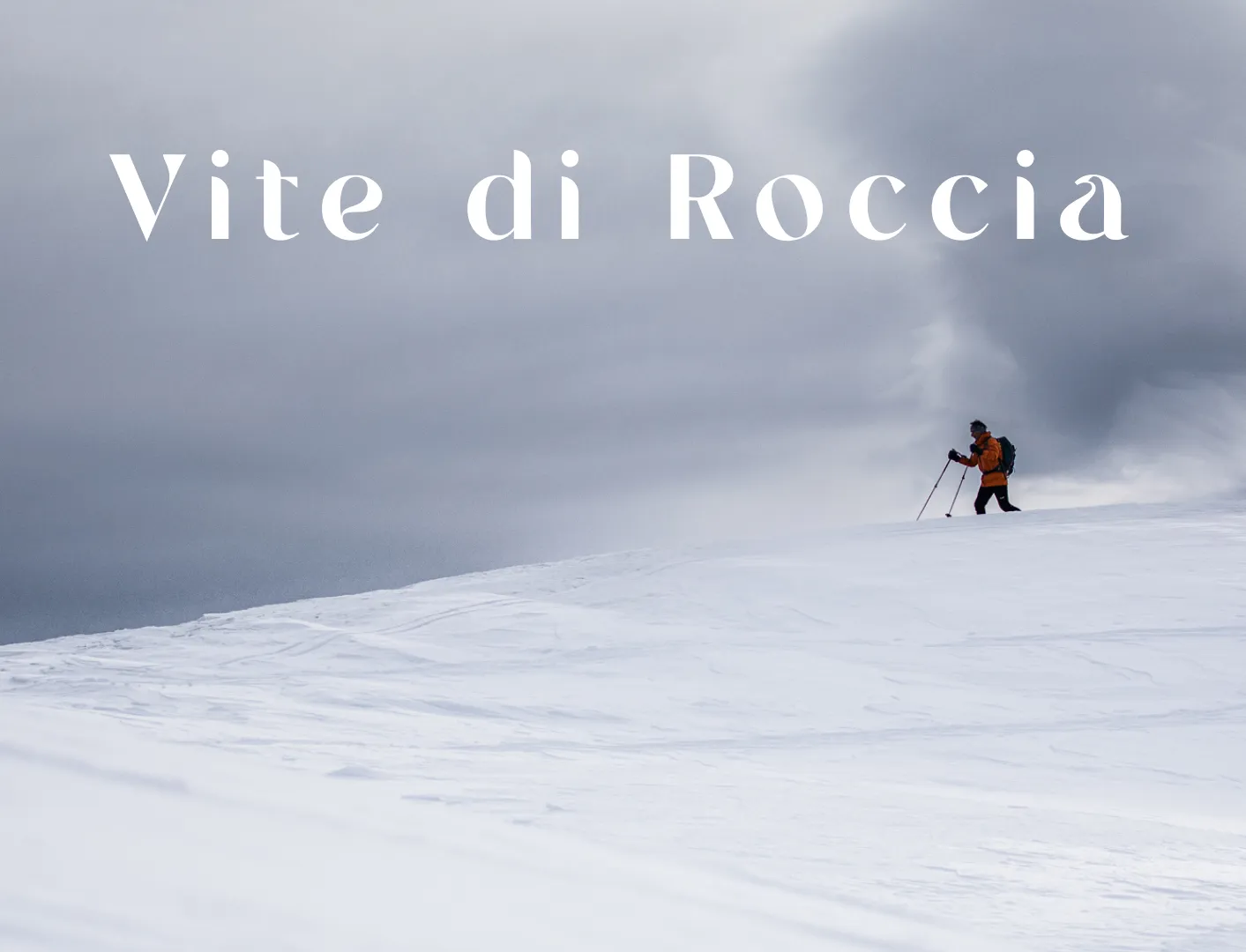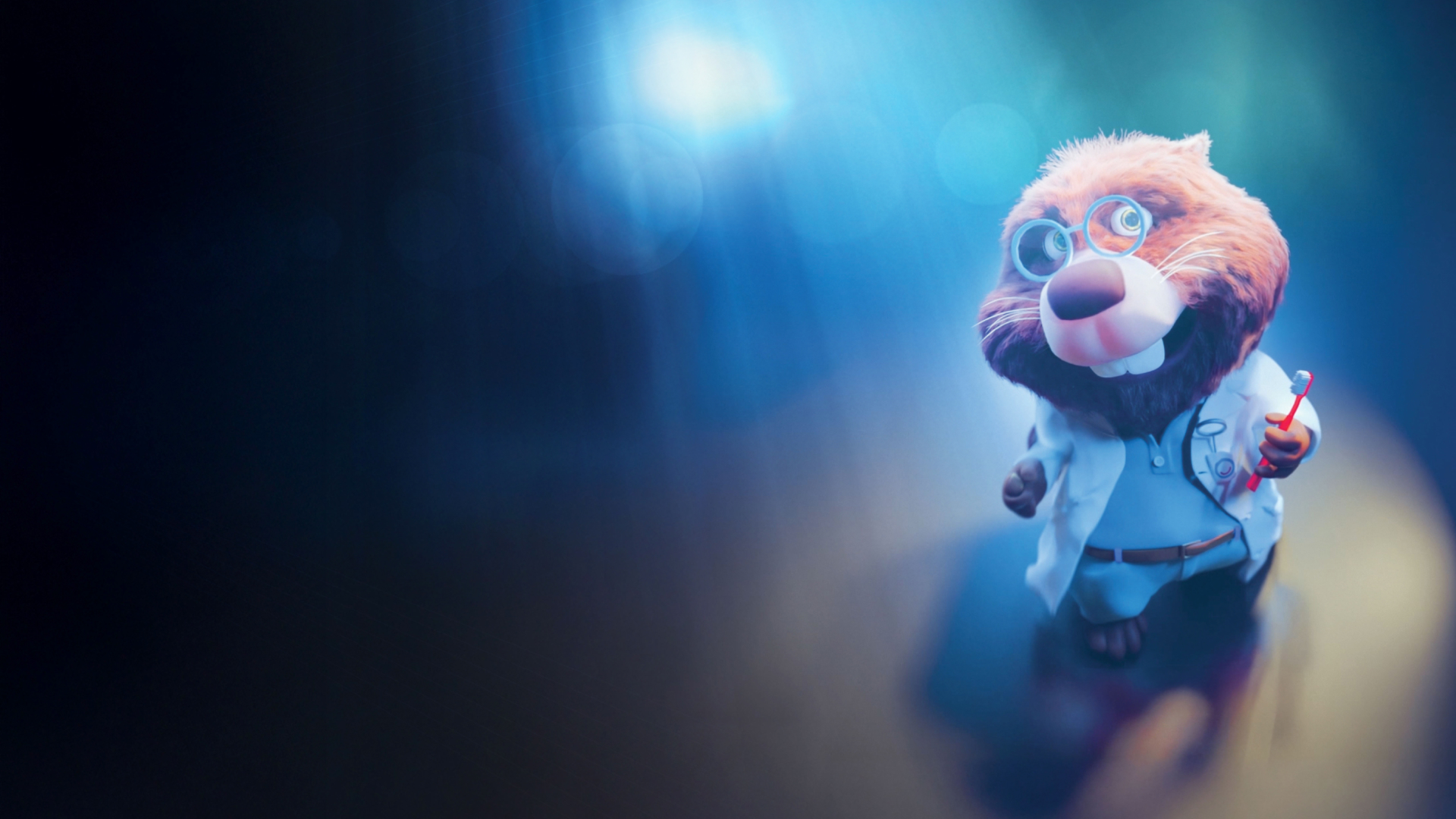
FDI – World Dental Federation
Global Campaign
Can oral hygiene become a global trend?
Brush your teeth three times a day. Use dental floss. Schedule regular dentist visits. We’ve heard these messages since childhood—so often that they’ve lost their impact.
That’s why, when FDI – World Dental Federation tasked us with developing a three-year concept for a global campaign leading up to World Oral Health Day 2024, the challenge was clear: make oral hygiene relevant and engaging for a diverse audience —from everyday people to influencers, dentists, healthcare institutions, policymakers, and international brand partners.
This challenge required a fresh approach—one that could break free from traditional institutional communication to capture attention, raise awareness about dental prevention, and drive global engagement.
From Prevention to Entertainment with Toothie
We turned prevention into entertainment. Leading the global campaign is Toothie the Beaver, an existing FDI mascot that underwent a radical transformation —from a simple graphic icon to a true influencer. The new Toothie is a fully developed character, meticulously designed, modeled, and animated to become a credible figure in the world of social media and entertainment. With a distinct personality, a recognizable voice, and a personal Instagram profile, Toothie engages audiences in a way that breaks away from traditional healthcare messaging. With humor and charisma, Toothie reframes prevention, making it fun, accessible, and shareable.

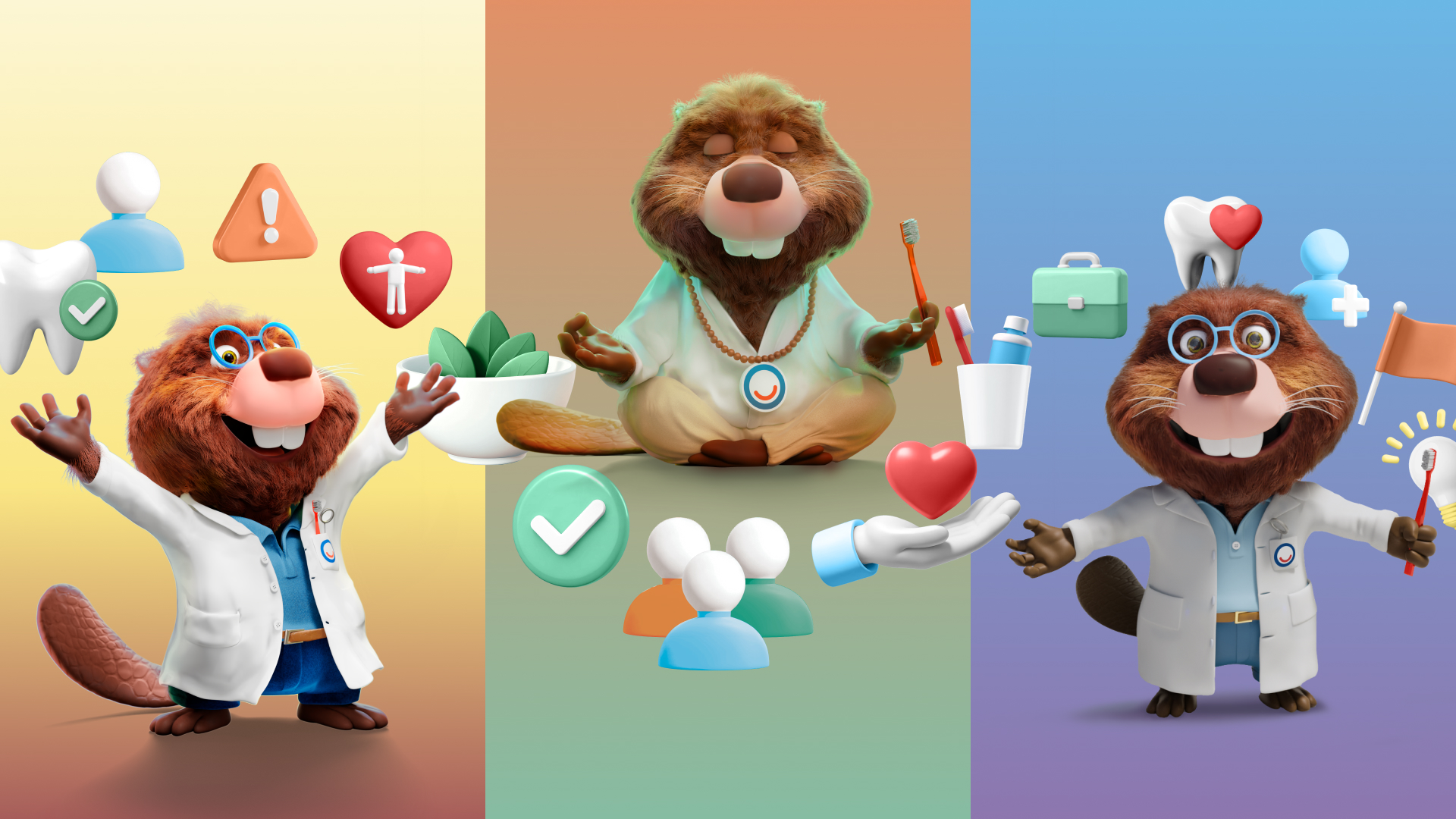
A Global Campaign inspired by a Movie Launch
We built the entire campaign around Toothie the Beaver, but instead of following the rules of institutional communication, we embraced the language of entertainment—taking inspiration from the launch of an animated film.
This meant creating a teaser video and a full trailer, a dedicated soundtrack on Spotify, a social media animated series—“Toothbrush Talks”, produced with AI—official posters, and a structured social media presence.
Every element was designed to build a cohesive, immersive narrative universe, leveraging owned, earned, and paid channels to ensure global reach. A mix of static and video content for social media, advocacy materials for partners, and a toolkit available in five languages made the campaign adaptable and maximized its impact.
Strategic ad campaigns further amplified visibility and engagement, ensuring the message resonated worldwide.
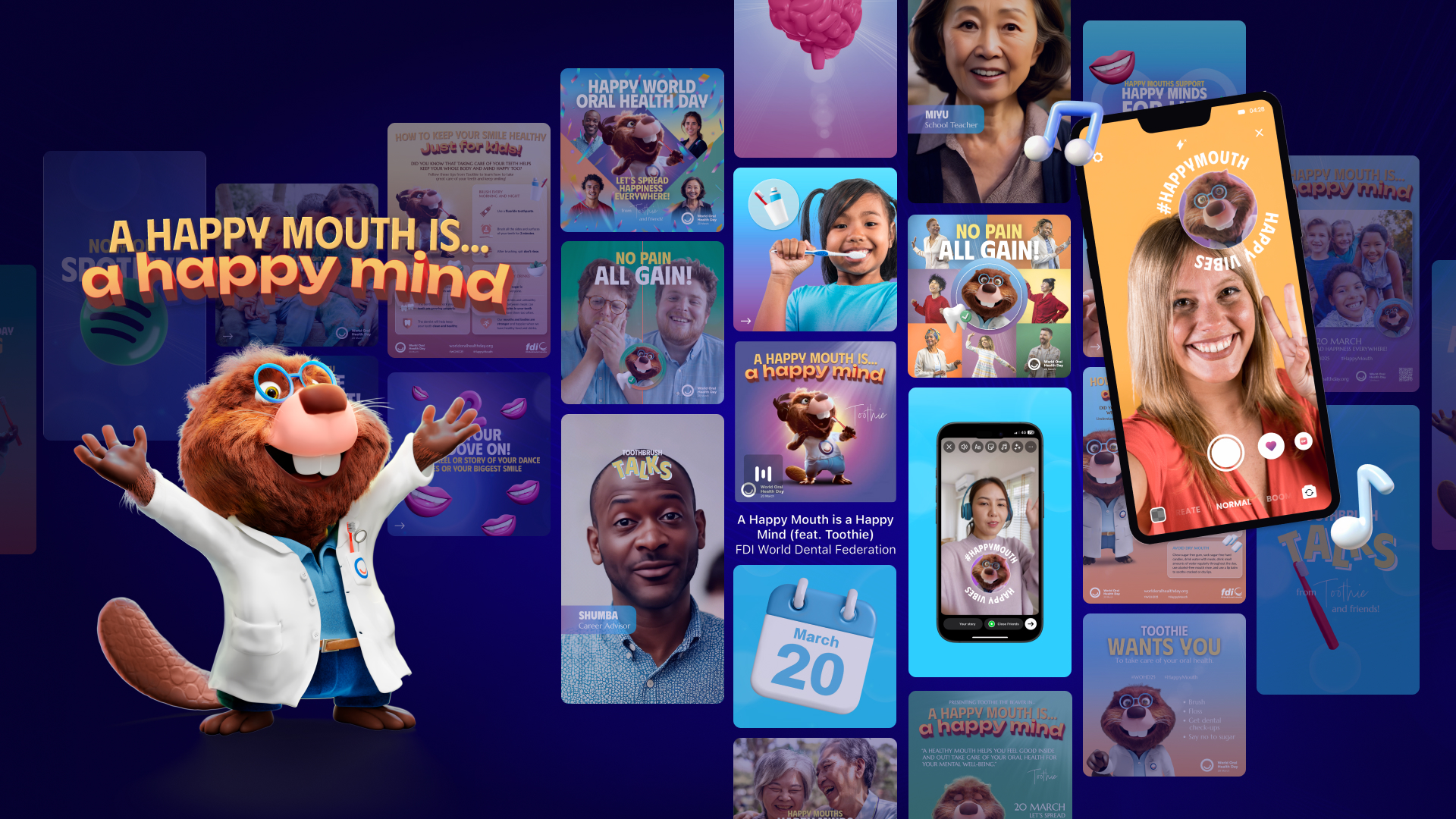
A global impact
The key to success? Turning a prevention message into content people actually wanted to follow, share, and talk about. By stepping away from institutional tones and embracing the language of digital culture, the campaign sparked a global conversation, bringing together users, creators, and brands in an authentic way. A topic that might have seemed unappealing turned into real engagement—people didn’t just receive the message; they experienced it.
